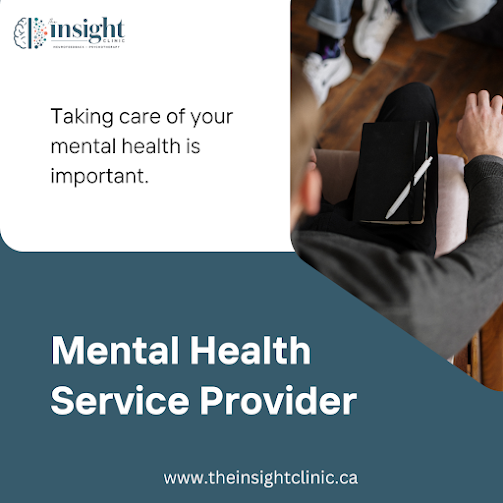Can Kids Benefit from Direct Neurofeedback?
In today’s fast-paced world, many children struggle with anxiety, ADHD, learning difficulties, and emotional regulation. Parents often seek effective, drug-free solutions to support their child's mental and emotional well-being. One emerging approach that shows promise is Direct Neurofeedback—a non-invasive therapy designed to help the brain function more efficiently. But how does it work, and is it safe for children?
What Is Direct Neurofeedback?
Direct Neurofeedback is a form of neurotherapy that gently stimulates the brain using low-level electromagnetic signals. This process helps the brain reset unhelpful patterns, leading to improved focus, emotional balance, and self-regulation. Unlike traditional neurofeedback, which requires active participation, Direct Neurofeedback works passively, making it ideal for young children who may struggle to sit still for extended periods.
How Can Direct Neurofeedback Help Kids?
Many children experience challenges that affect their daily lives, including difficulty concentrating, heightened stress, and emotional outbursts. Direct Neurofeedback has been shown to benefit kids in several ways:
1. ADHD and Focus Improvement
Children with ADHD often have difficulty regulating attention and impulsivity. Direct Neurofeedback helps by calming overactive brain patterns and enhancing focus, making it easier for kids to stay on task and process information effectively.
2. Anxiety and Emotional Regulation
Kids dealing with anxiety or emotional dysregulation can experience excessive worry, difficulty sleeping, and mood swings. Direct Neurofeedback helps stabilize the nervous system, reducing anxiety and promoting a sense of calm.
3. Behavioral and Sensory Processing Challenges
For children with sensory processing issues or behavioral difficulties, Direct Neurofeedback can help regulate brain activity, making them less reactive to stimuli and improving emotional control.
4. Sleep and Mood Stability
Poor sleep patterns can lead to irritability, difficulty concentrating, and mood swings. Direct Neurofeedback supports healthy sleep cycles by calming overactive brainwaves, helping children fall asleep more easily and wake up feeling refreshed.
Is Direct Neurofeedback Safe for Kids?
Yes! Direct Neurofeedback is non-invasive, painless, and drug-free. The electromagnetic signals used are extremely low, about a thousand times weaker than those from a cell phone. Sessions are quick, lasting only a few minutes, making it a stress-free experience for kids.
How Many Sessions Are Needed?
Every child is different, but many parents notice improvements within a few sessions. A full course of treatment typically involves 10 to 20 sessions, depending on the child’s specific needs.
Final Thoughts
If your child struggles with focus, anxiety, or emotional regulation, Direct Neurofeedback may provide a safe and effective solution. This gentle therapy helps reset the brain, improving self-regulation and overall well-being. For parents looking for a natural, non-invasive approach to supporting their child’s mental health, Direct Neurofeedback is worth considering.
Would you like to explore how Direct Neurofeedback can help your child? Contact a professional provider to learn more.




Comments
Post a Comment